Shipping containers have emerged as versatile storage solutions in various industries. Whether it’s for transporting goods or creating makeshift storage spaces, understanding how to securely attach a shipping container to a trailer is essential for safety and efficiency. This guide delves into the intricacies of the process, providing insights, techniques, and tips that ensure a seamless attachment.
Understanding the Basics of Shipping Containers and Trailers
What is a Shipping Container?
Shipping containers are robust steel structures designed for transporting goods over land and sea. They come in various sizes, with the most common dimensions being:
| Size | Length (Feet) | Width (Feet) | Height (Feet) |
|---|---|---|---|
| Standard | 20 | 8 | 8.5 |
| High Cube | 40 | 8 | 9.5 |
The durability and modular nature of these containers make them a popular choice for storage, construction sites, and even homes.

The Role of Trailers in Container Transport
Trailers are vehicles designed to transport goods. When attached properly to a shipping container, they facilitate safe and efficient movement across distances.
Key Considerations Before Attachment
Assessing Trailer Compatibility
Not all trailers can handle the weight and dimensions of a shipping container. Consider the following when assessing compatibility:
Weight Capacity: Ensure that the trailer can support the weight of the container. A standard 20-foot container weighs about 5,000 pounds (2,268 kg) when empty, while a 40-foot high cube can weigh around 8,000 pounds (3,628 kg).
Frame Structure: The trailer should have a robust frame with sufficient support to cradle the container securely.
Axle Configuration: The number of axles impacts the distribution of weight. More axles can better distribute the load, reducing strain on individual tires and enhancing stability.
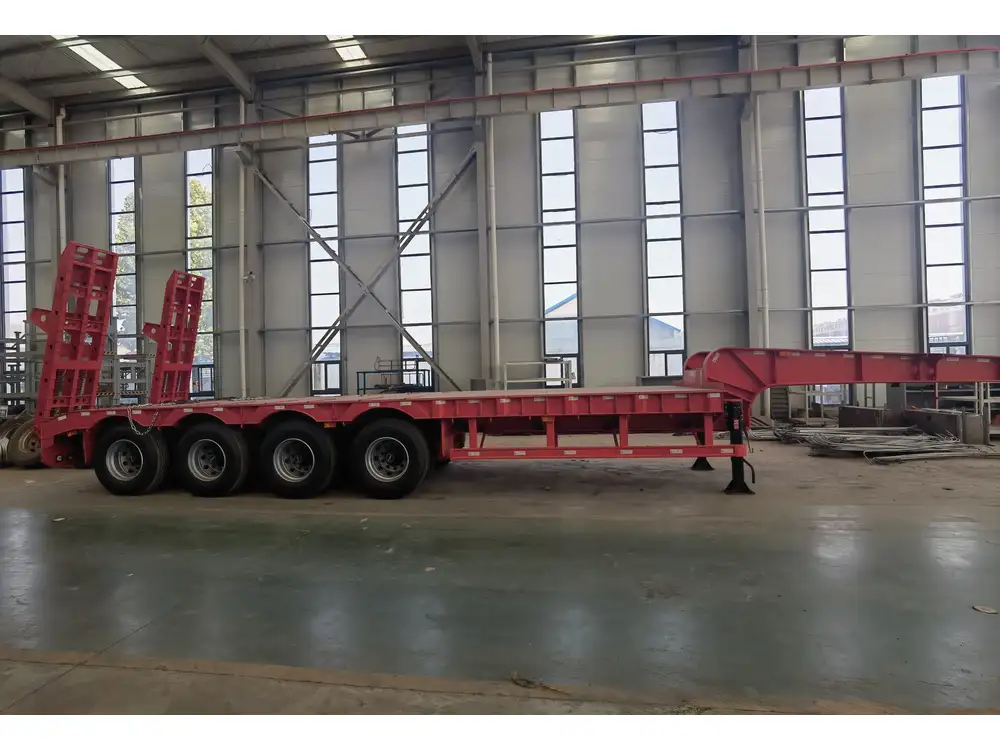
Choosing the Right Equipment
Choosing the correct equipment is crucial. Here are some essential tools and materials:
- Forklift or Crane: For lifting the container onto the trailer.
- Container Chassis: A specialized trailer designed for transporting shipping containers.
- Ratchet Straps or Chains: To secure the container once in position.
- Dunnage: Wooden blocks or pallets can help distribute the weight evenly and protect the trailer.
Step-by-Step Guide on Attaching a Shipping Container to a Trailer
Step 1: Prepare the Trailer
Before attempting to attach the container, ensure the trailer is in optimal condition.
- Inspect Tires: Ensure that all tires are properly inflated.
- Check Brakes: Confirm that the braking system is functioning efficiently.
- Clear Load Area: Remove any debris from the loading area to ensure a clean and smooth operation.
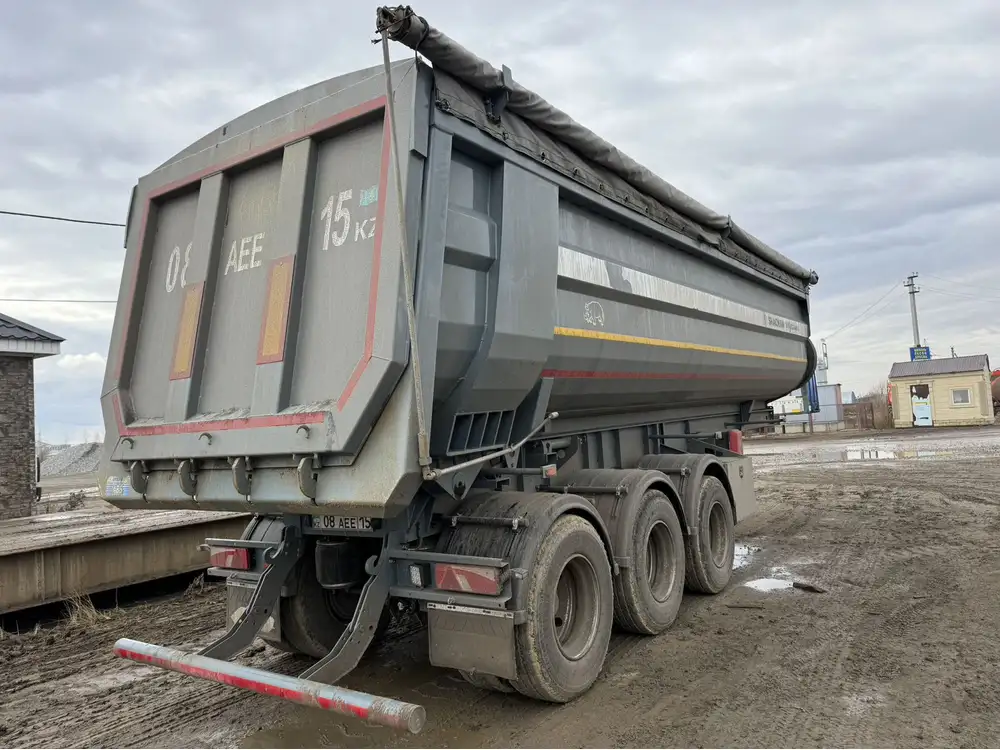
Step 2: Positioning the Container
Utilize a forklift or crane to position the shipping container over the trailer. Follow these guidelines for precise placement:
- Align the Container: Ensure that the container is aligned with the trailer’s loading area.
- Lower Slowly: Gradually lower the container, ensuring it settles evenly onto the trailer.
- Check Level: A level container is crucial for stability during transport. Adjust as necessary.
Step 3: Securing the Container
Once the container is properly positioned, the next step is to secure it to the trailer. Use either of these methods:
Method A: Using Ratchet Straps
- Position Straps: Place ratchet straps through the container’s corner castings.
- Tighten Securely: Use the ratchet mechanism to tighten each strap firmly without over-tensioning, which could damage the container.
- Check for Movement: Ensure that there is no noticeable movement in the container.
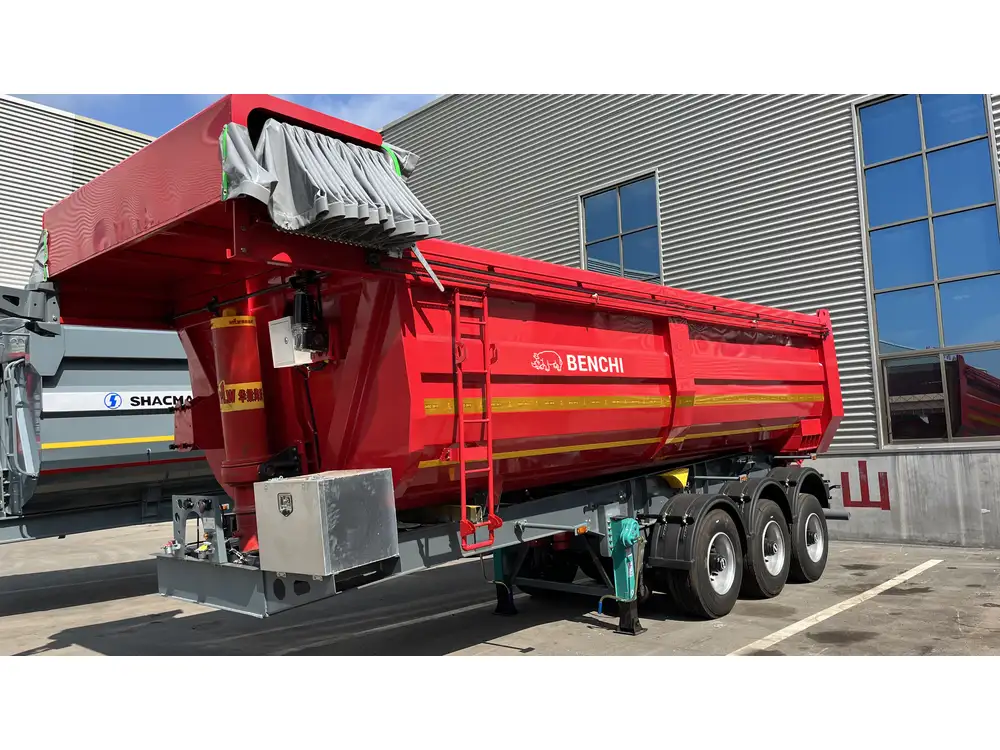
Method B: Using Chains
- Hook to Corner Castings: Utilize heavy-duty chains hooked into the container’s corner castings.
- Tighten with Ratchets: Similar to ratchet straps, tighten the chains securely, ensuring they are snug but not overly tight.
- Inspect for Stability: After securing, double-check that the container is firmly attached.
Step 4: Final Checks
Once the container is secured to the trailer, perform the following checks:
- Weight Distribution: Double-check that the weight is evenly distributed across the trailer axles to avoid swaying during transport.
- Connection Points: Ensure that all connection points are secure and show no signs of wear.
- Safety Markings: If necessary, add safety markings or flags to indicate the size of the load, ensuring compliance with transportation regulations.
Common Mistakes to Avoid
Neglecting Weight Limits: Always adhere to the trailer’s weight capacity to prevent accidents.
Using Inadequate Equipment: Attempting to lift or secure the container with improper tools or machinery can lead to mishaps.
Ignoring Local Regulations: Familiarize yourself with local transportation regulations regarding shipping containers to avoid legal issues.
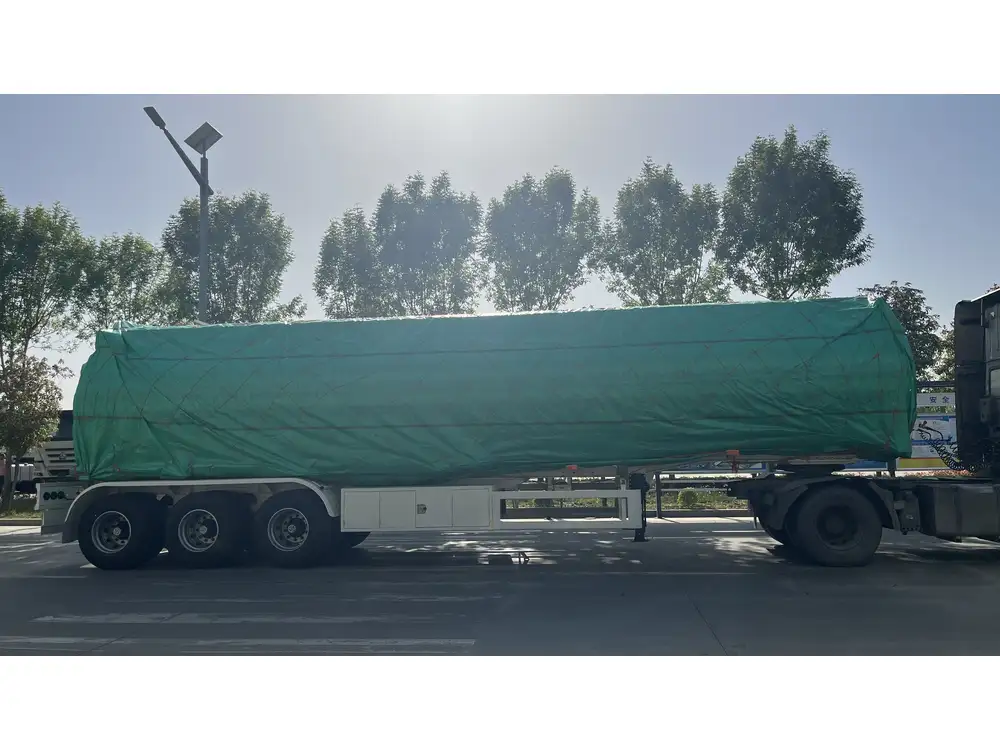
Maintenance and Best Practices
Regular Inspections
Conduct regular inspections of both the container and trailer for signs of wear and tear. Look for:
- Rust or Corrosion: Regularly check for any signs of rust on the container.
- Brake Functionality: Always ensure brakes on the trailer are functioning properly.
Load Management
Maintaining organizational practices around load management can simplify the process. Consider:
- Weight Monitoring: Keep a record of weight for each load transported.
- Maintenance Logs: Maintain a log for servicing trailers and other equipment regularly.
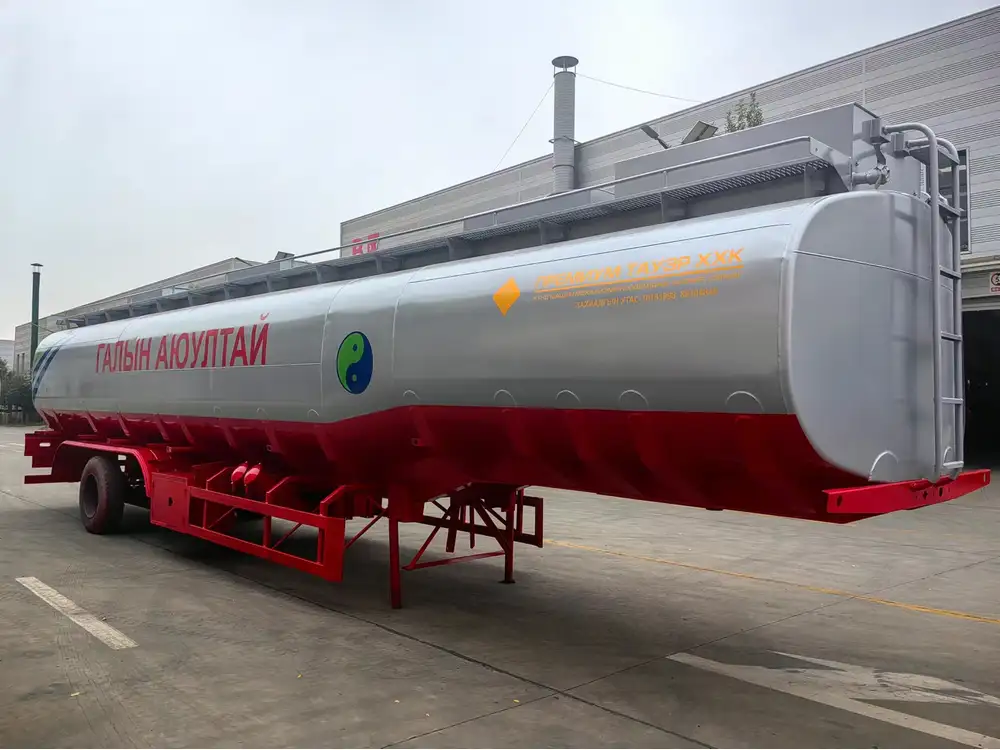
Safety Guidelines When Transporting Containers
Transporting shipping containers comes with risks that should be mitigated:
- Driving Distance: Avoid sudden movements or abrupt stops while transporting the container.
- Team Communication: Maintain clear communication with team members during loading and securing.
- Proper Visibility: Ensure that drivers maintain proper visibility during transportation, especially with larger loads.
Conclusion
Successfully attaching a shipping container to a trailer is a multifaceted task that demands attention to detail, adherence to safety protocols, and careful planning. By considering compatibility, using suitable equipment, and following a structured attachment process, we can ensure that our containers are securely transported.
With awareness of common pitfalls and a commitment to ongoing maintenance, we can enhance safety and efficiency in logistics operations, paving the way for smoother operations and improved service delivery. Dominating the complexities of this process not only improves our operational success but also contributes positively to the broader industry standards.
For manufacturers and logistics managers alike, ensuring smooth logistics operations hinges on mastering such fundamental processes—one which lays the foundation for both profitability and reliability in the fast-paced shipping and transport sector.



